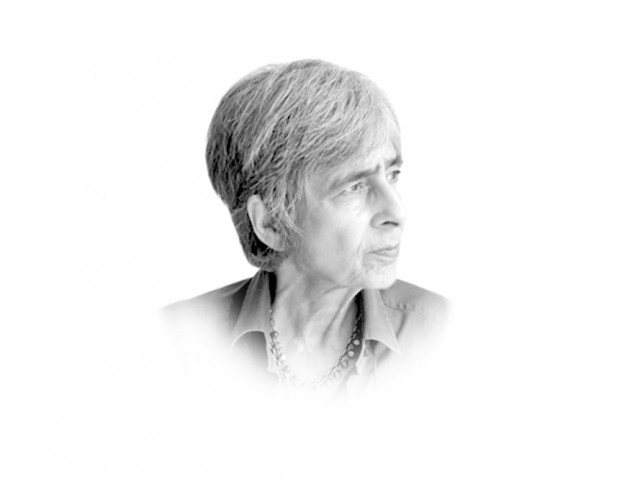
Why this must be resolved is surely because it is the most senseless and futile conflict currently taking place in this conflict-ridden world, with two sides fighting over an uninhabited area, a killing ice field that has claimed thousands of lives of each side’s troops. Apparently, neither India nor Pakistan ever publicly release their respective loss of lives, a loss which the experts put at almost 4,000 troops since — ludicrously — 1984 when it became one more bone of contention over which the two neighbours ceaselessly scrap, spending millions (or is it billions?) of rupees each day stupidly facing off against each other.
There is a solution which could be arrived at if both sides were to put aside their stubbornness and stupidity and see sense over this no-man’s land where international borders have not been defined by the UN-sponsored 1948 ceasefire that ended the first of the wars waged by the two countries that seemingly have no concept of what is good for their people.
Over the years, sensible men have held their heads in their hands bemoaning the sheer absurdity of the Siachen conflict. Now that this latest tragedy has struck, perhaps the matter will again be raised. The concept of a Peace Park at Siachen was first put forward by the Indian environmentalist and mountaineer, Aamir Ali in 1994, when mountaineers from India and Pakistan met in Switzerland to mobilise support for the park.
In 2008, Indian and Pakistani glaciologists established a detailed plan for research partnerships that could facilitate the establishment of the park and in 2009, representatives of both countries met in Norway to discuss the matter. Naturally, the discussion turned towards the intense pollution — human waste, medical waste, guns, arms and ammunition, shells, fuel containers and so forth — in the area. Now, uncountable tonnes of garbage are dumped into crevasses, which eventually flow into the water supply upon which millions of Pakistanis depend. Also discussed were the glacial melt from global warming and the military competition hastening the glacier’s demise. Glacial ice is routinely cut and melted and both sides use chemicals — Siachen, apart from being the world’s largest, is also its fastest retreating glacier. Not an environmental situation to be devoutly wished for.
Reportedly, Indian Prime Minister Manmohan Singh, at one time, expressed hope that the region would become a “peace mountain”. Also reportedly, Siachen was discussed at the brief meeting held between Mr Singh and the president of Pakistan in New Delhi on April 9 — but probably not in the context of a peace park. Standing in the way are the politicians and the armies of both sides.
In our national press, dateline Karachi April 8, was a news item under the headline “Plea to turn Siachen into peace park”. The item reported that a body known as the Pakistan Peace Coalition has seen sense on the matter. But who will join hands with this organisation? The world has 170 such parks — let this wasteful and destructive stand-off over a stretch of wasteland, the possession of which cannot benefit the people of either country, cease. The Siachen ecosystem recognises no national borders.
Stephen Cohen of Brookings wrote on the Siachen conflict in the Wall Street Journal of 1999: “[It] might be thought of as just another low intensity border war — were it not being fought between the world’s two newest nuclear powers. This combat over a barren, uninhabited nether world of questionable strategic value is a forbidding symbol of their lingering irreconcilability. [It is like] a struggle of two bald men over a comb ... the epitome of the worst aspects of their relationship.”
Published in The Express Tribune, April 14th, 2012.














COMMENTS
Comments are moderated and generally will be posted if they are on-topic and not abusive.
For more information, please see our Comments FAQ